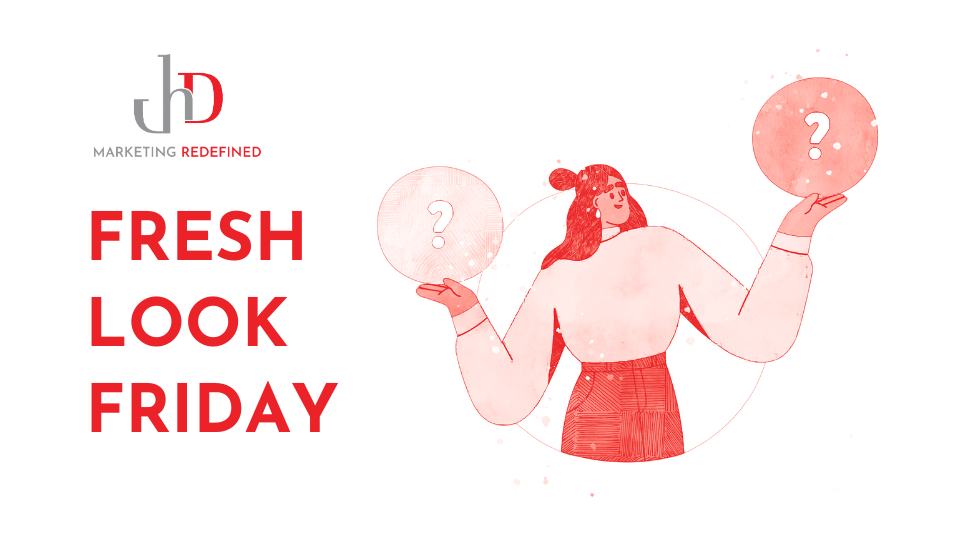
Designing a Visual Language with Mockups & Meaning
When you’re building your brand or rebranding, design can feel like the reward at the end of the strategy process. Choosing colors and picking fonts is exciting. It’s not just for show, though. Design is communication. It’s what people notice before they read a word. When your visuals are created with intention, they act like a handshake. Clear, confident, and welcoming. Let’s get into how to make that happen.
Start With Story, Not Style
If you haven’t nailed down your purpose, values, or audience yet, start there. We broke that down in How to Navigate a Rebrand and How to Articulate Purpose, Vision & Values.
Once you’ve defined those, the next step is to bring them to life visually. A great place to begin is with a mood board. Getting your ideas out of your head and onto the page helps you see how everything connects. Ask yourself:
- What do we stand for?
- Who are we trying to reach?
- What kind of energy should people feel when they see our brand?
Your visuals should reflect what’s true to you. A calm, grounded brand might favor muted colors and minimal layouts. A louder, more expressive brand could lean into bold type and high-contrast tones.
Choose Colors That Reflect Emotion
Color triggers emotion faster than text. We associate blue with trust, green with growth, yellow with optimism, yes. That said, meaning can shift based on how a color is used.
A dark navy can feel corporate or modern, depending on what it’s paired with. Bright pink can be playful or powerful. What matters is choosing color intentionally, based on how you want people to feel when they interact with your brand. So instead of asking what looks good, ask what feels right.
Pro Tip: Pick 3–5 colors (including neutrals) that reflect not just what your brand sells, but how it should feel.
Use Type That Matches Your Voice
Fonts carry a tone. They give your brand a voice even before someone reads what you’ve written. For example, a serif font might suggest tradition. A clean sans-serif can feel modern or neutral. Handwritten fonts can soften a message or make it feel personal.
Pro Tip: Most brands get by with a strong header font, a clean body font, and one accent if needed. We suggest pairing 2-3 fonts max.
Let Your Logo Be Simple and Flexible
Most brands need a primary logo, a simplified version for small spaces, and one that works in single color. Your logo should work well at different sizes and still be readable in less-than-ideal settings. A logo doesn’t need to tell your whole story. It just needs to feel like a natural expression of it.
Pro Tip: Logos should be legible, scalable, and reflective of your larger identity. If you’re ready for a new logo that actually fits your brand, fill out our logo creative brief and we’ll help you get started with clarity and direction.
Build Your Brand Toolkit
Once your visual elements are set, gather them in a brand asset kit. This can be simple: your logo files, color codes, fonts, and examples of how to use them. Keep it easy to reference so your brand looks and feels consistent across platforms. This is how you make good decisions easier down the road.
Design That Feels Aligned
When your visuals are shaped by strategy, they do more than look good. They communicate meaning. They help people recognize your brand before they even read your name. When what people see matches what they experience, trust grows. That’s when design stops being decoration and starts being an extension of who you are.
Need help building a visual identity that actually fits? We help brands design systems that align with their purpose, not just their Pinterest board! Just fill out the form below if you’re ready to move from guessing to clarity.
